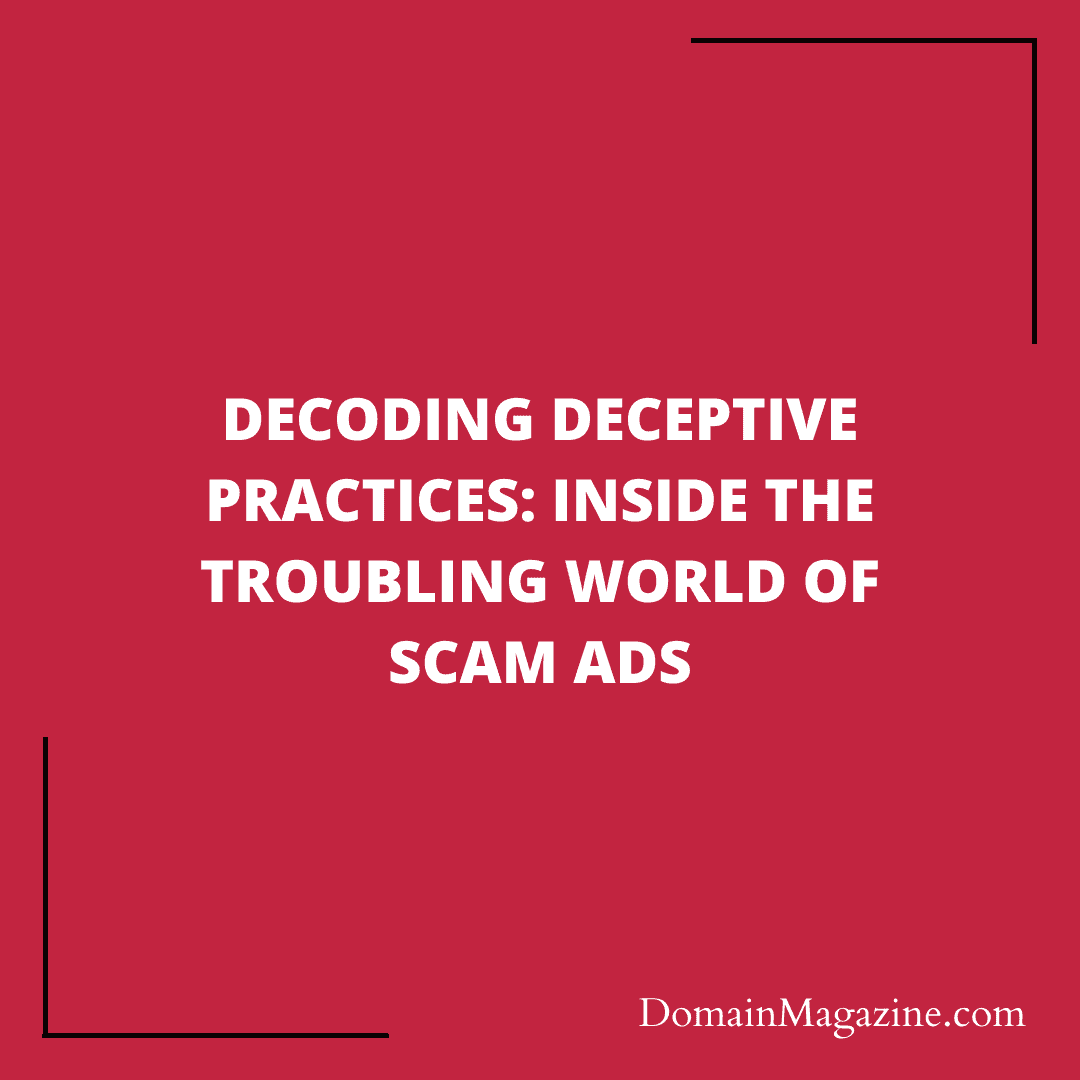In the vast realm of online advertising, a troubling phenomenon is on the rise—scam ads. These deceptive and misleading advertisements have infiltrated the digital landscape, targeting unsuspecting consumers with false promises and dubious endorsements. In this article, we delve into the troubling world of scam ads, shedding light on their prevalence, the tactics employed, and the impact on individuals and businesses.
The Expanding Web of Deception:

Scam ads have seen a significant surge in recent years, particularly finding a fertile ground on certain right-wing websites. By taking advantage of the trust and loyalty of their targeted audiences, these advertisements propagate outrageous claims and fraudulent schemes. They often utilize celebrity endorsements, misleading consumers into believing that well-known personalities endorse these products and services, when in reality, the celebrities have no association with them. From Oprah Winfrey to Elon Musk, these unsuspecting icons become unwitting pawns in the world of scam ads.
Unmasking the Culprits: AdStyle and its Dubious Network:

At the center of the scam ads epidemic is AdStyle, an advertising network that acts as a middleman between advertisers and publishers. AdStyle has come under scrutiny for its partnerships with various right-wing websites, which serve as platforms for the dissemination of deceptive advertisements. These ads lure users with sensationalized headlines and captivating visuals, often promising miraculous results or financial gains. The publishers, enticed by the potential revenue, eagerly display these ads, perpetuating the cycle of deception.
The Toll on Consumers and Brands:
Scam ads not only dupe consumers but also have far-reaching consequences for legitimate brands. When a celebrity’s image or likeness is misused without permission, it can tarnish their reputation and lead to confusion among consumers. Additionally, unsuspecting individuals who fall victim to these scams may suffer financial losses or even risk their personal information being compromised. As scam ads continue to proliferate, consumer trust in online advertising diminishes, posing challenges for advertisers and platforms striving to maintain credibility.
Combating the Scam Ads Epidemic:
The fight against scam ads requires a multi-faceted approach. Ad networks and platforms must implement stringent policies and monitoring mechanisms to detect and remove fraudulent advertisements promptly. Collaboration between industry stakeholders, such as advertisers, publishers, and regulatory bodies, is crucial to share information and best practices. Additionally, raising awareness among consumers about the risks of scam ads and providing guidelines on how to identify and report them can help mitigate their impact.
The rise of scam ads presents a pressing challenge in the realm of online advertising. As consumers become more digitally savvy, it is imperative for industry players to join forces and take decisive action against these deceptive practices. By staying vigilant, implementing robust safeguards, and fostering transparency, we can work towards a safer and more trustworthy digital advertising landscape. Only through collective efforts can we combat the scourge of scam ads and protect consumers from falling prey to their false allure.


Join the Discussion